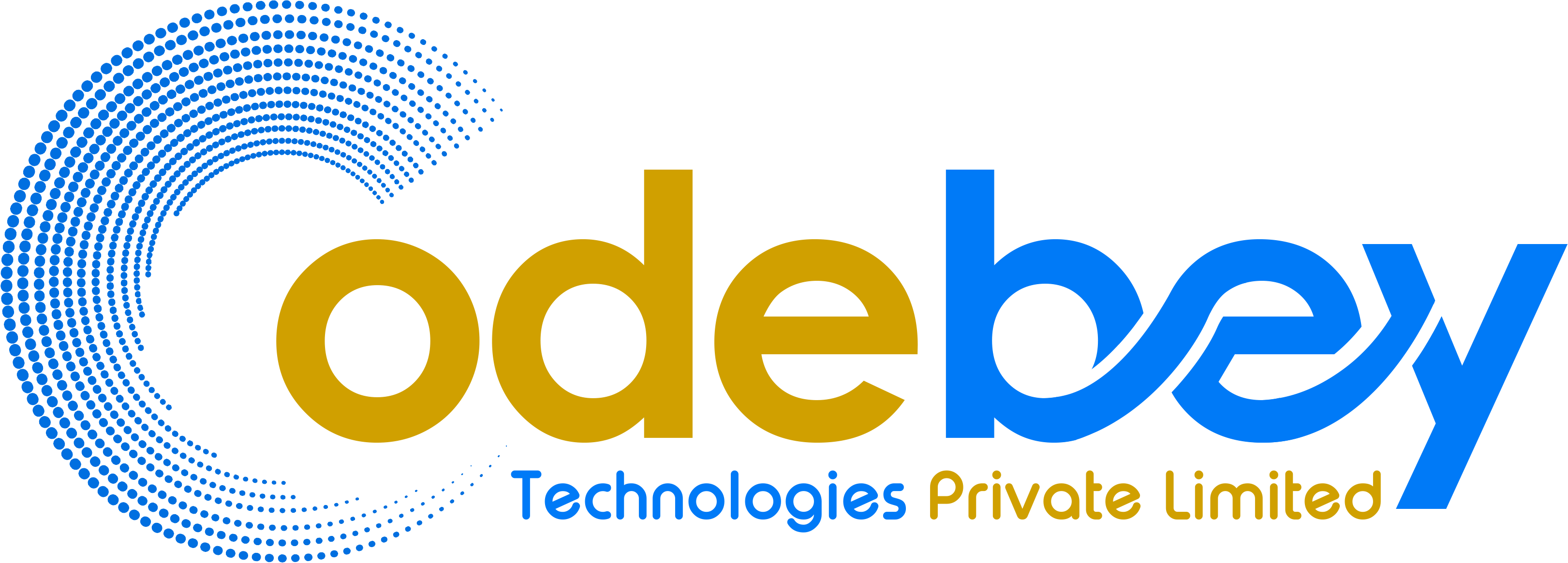Social Media Marketing
Social media marketing is the process of using social media platforms to promote a brand, product, or service. It involves creating and sharing content, running targeted ad campaigns, engaging with audiences, and analyzing performance metrics to drive traffic, increase brand awareness, and achieve business goals. Platforms like Facebook, Instagram, Twitter, LinkedIn, and TikTok are commonly used for reaching diverse audiences. Strategies may include influencer partnerships, hashtag campaigns, contests, and real-time interaction with followers to build a loyal customer base.
Increased Brand Awareness
Increased brand awareness refers to the process of making more people familiar with and recognizing your brand, its products, or services. It helps build trust, attract new customers, and establish a stronger market presence.
Audience Engagement
Audience engagement is the process of interacting with and capturing the attention of an audience to build meaningful connections and foster loyalty. It involves creating relevant, interactive, and value-driven content to encourage participation, feedback, and long-term relationships.
Targeted Advertising
Targeted advertising is a marketing strategy that delivers personalized ads to specific audience segments based on their demographics, interests, behaviors, or location, ensuring higher relevance and engagement.
Cost-Effective Marketing
Cost-effective marketing focuses on achieving maximum results with minimal investment by utilizing budget-friendly strategies like social media marketing, email campaigns, content marketing, and SEO. It aims to optimize resources while reaching a targeted audience to generate high returns on investment.
Google ads
Google Ads is an online advertising platform by Google that allows businesses to create targeted ads that appear on Google search results, websites, YouTube, and mobile apps. It operates on a pay-per-click (PPC) model, where advertisers pay only when users click on their ads. With features like keyword targeting, audience segmentation, and performance tracking, Google Ads helps businesses drive traffic, increase brand visibility, and achieve specific marketing goals.
Instant Visibility
Instant visibility refers to quickly gaining attention and exposure for a brand, product, or service through strategies like paid ads, social media campaigns, or trending content. It helps reach a wide audience in a short time.
Targeted Advertising
Targeted advertising delivers personalized ads to specific audience segments based on factors like demographics, interests, behavior, and location. It helps businesses reach the right customers, improve engagement, and maximize ad effectiveness.
Flexible Budgeting
Flexible budgeting adjusts expenses based on actual performance or changing conditions, allowing businesses to adapt to fluctuations and optimize resources effectively.
Measurable Results
Measurable results refer to the ability to track and evaluate the performance of marketing efforts through quantifiable metrics, such as clicks, conversions, sales, and engagement. This allows businesses to assess the effectiveness of campaigns and make data-driven decisions for optimization.
Search engine optimisation
Search Engine Optimization (SEO) is the process of optimizing a website to improve its visibility and ranking on search engine results pages (SERPs). It involves strategies like keyword research, on-page optimization, link building, and improving site performance to drive organic traffic and enhance user experience. SEO helps websites attract more visitors by aligning with search engine algorithms.
Increased Website Traffic
Increased website traffic refers to a higher number of visitors to a website, typically achieved through strategies like SEO, content marketing, social media promotion, and paid advertising. More traffic can lead to greater visibility, engagement, and potential conversions.
Higher Visibility
Higher visibility refers to increasing a brand’s or website’s presence in search engine results, social media, or other platforms, making it easier for potential customers to find and engage with it. This is achieved through strategies like SEO, targeted ads, and content marketing.
Credibility and Trust
Credibility and trust refer to the confidence customers have in a brand or business. Building trust involves delivering quality products, maintaining transparency, and ensuring reliable customer service, which ultimately strengthens the brand’s reputation and fosters long-term relationships with consumers.
Enhanced User Experience
Enhanced user experience (UX) focuses on improving the overall satisfaction and ease of use for users interacting with a website or app. It involves intuitive design, fast loading times, responsive interfaces, and clear navigation to ensure users have a seamless and enjoyable interaction.
Content marketing
Content marketing is a strategy that involves creating and sharing valuable, relevant, and consistent content to attract and engage a target audience. It aims to drive customer action, build brand awareness, and establish authority, using formats like blogs, videos, infographics, and social media posts.
Increased Brand Visibility
Increased brand visibility refers to strategies that enhance a brand’s presence and recognition across various platforms, such as social media, search engines, and advertising. It helps businesses reach a wider audience, build awareness, and strengthen their market position.
Establishing Authority
Establishing authority involves building credibility and trust with your audience by providing valuable, expert content, gaining backlinks, and being recognized as a leader in your industry. It helps improve brand reputation and search engine rankings.
Audience Engagement
Audience engagement refers to the interaction and involvement of users with a brand’s content or message, typically through comments, likes, shares, and other forms of participation. It helps build relationships, increase brand loyalty, and improve overall marketing effectiveness.
Building Trust and Credibility
Building trust and credibility involves establishing a reliable reputation with your audience through consistent quality, transparency, positive customer experiences, and clear communication. It fosters loyalty, encourages engagement, and strengthens brand authority.
